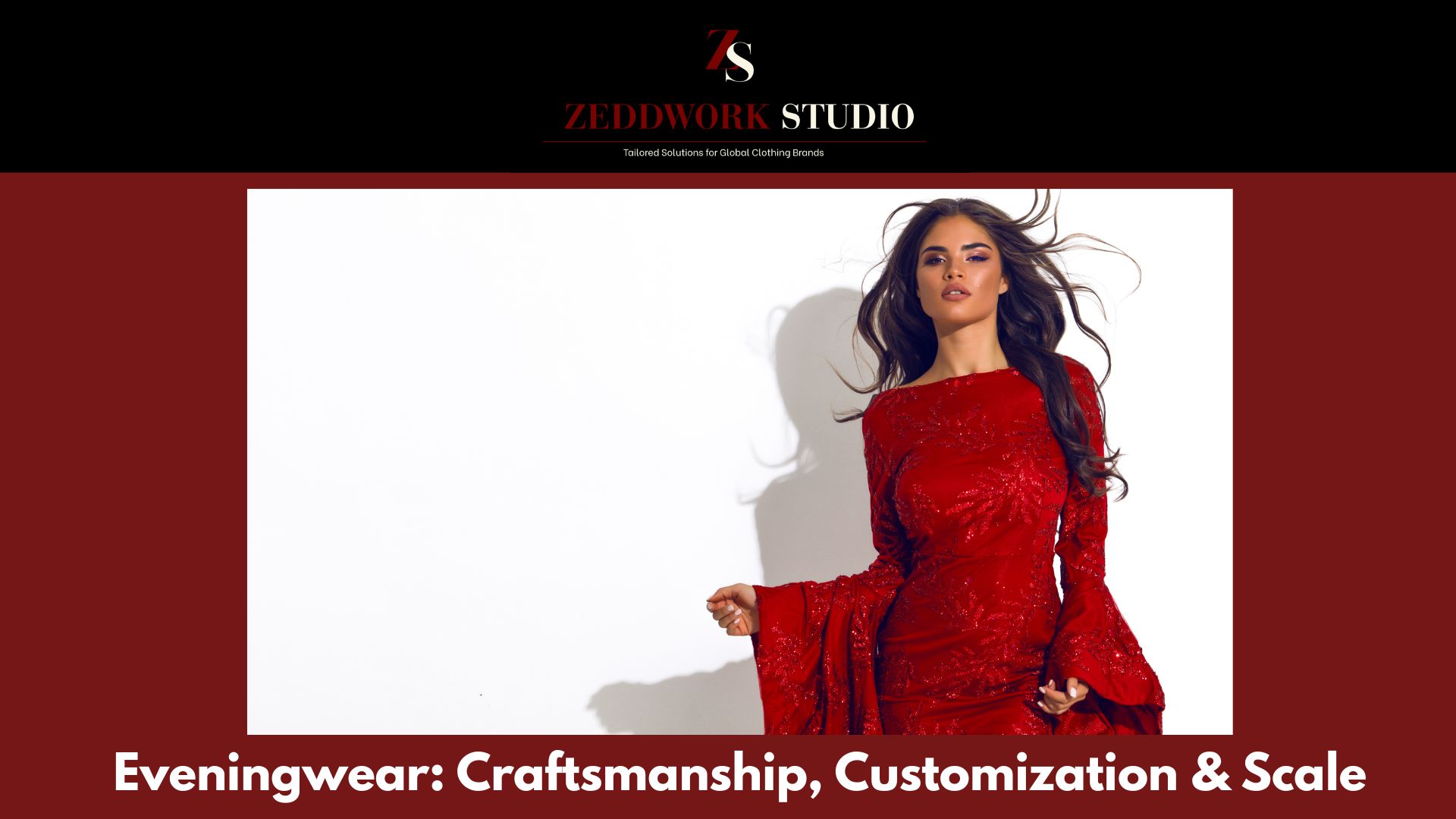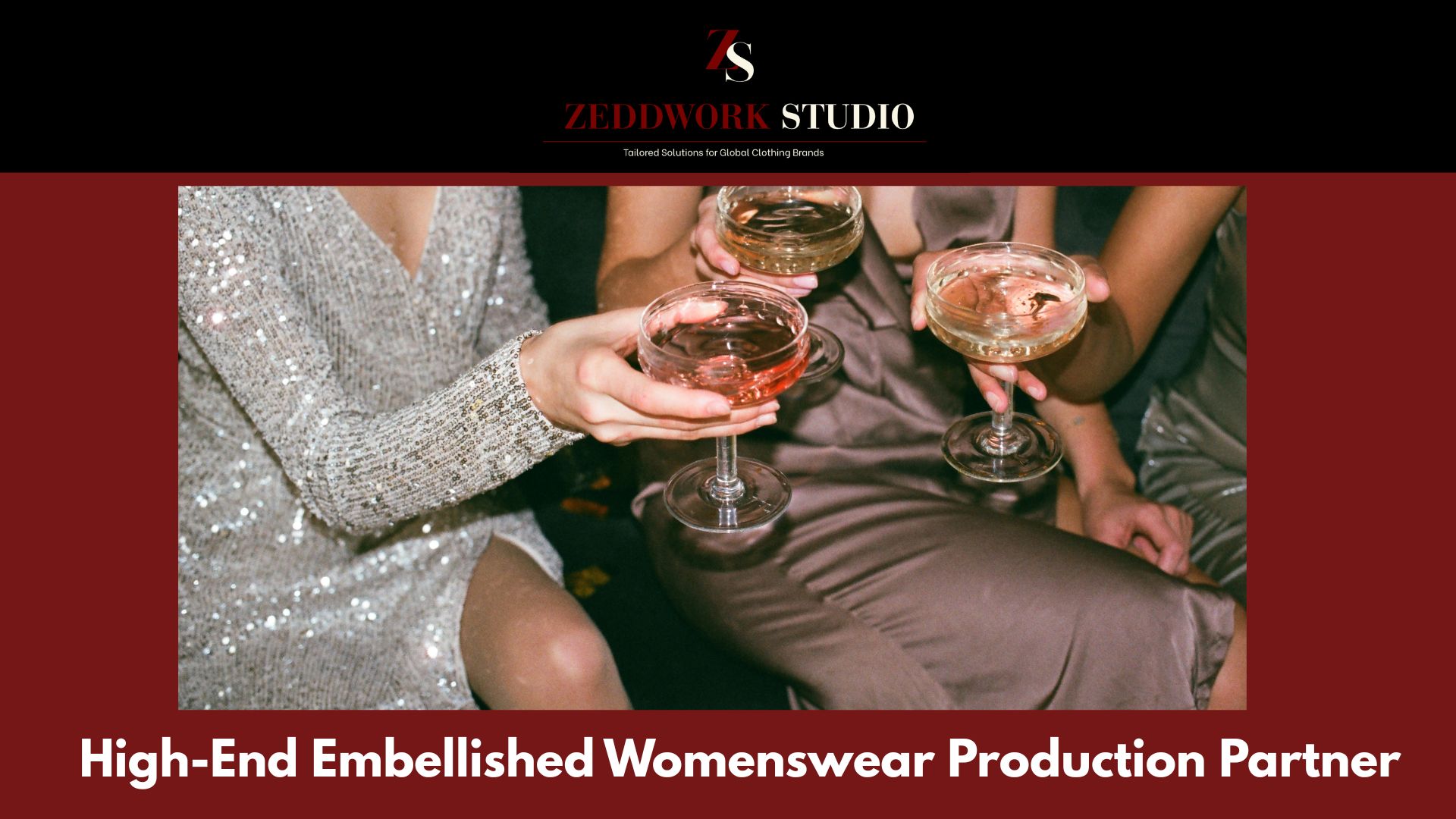In today’s increasingly eco-conscious market, choosing the right sustainable fabric for your loungewear line isn’t just good for the planet—it’s good for business. With consumers becoming more environmentally aware and willing to pay premium prices for sustainable products, understanding the nuances of eco-friendly fabrics is critical for loungewear manufacturers.
This comprehensive guide explores three popular sustainable fabric options—Modal, Tencel, and Bamboo—analyzing their properties, production processes, costs, and ideal use cases to help you make an informed decision for your loungewear collection.
Understanding the Basics: What Are These Fabrics?
Modal
Modal is a semi-synthetic cellulose fiber made primarily from beech trees. Developed by Austrian company Lenzing AG, Modal is often described as “improved rayon” due to its enhanced strength and moisture-wicking properties. It’s known for its exceptional softness and drape, making it a favorite in the loungewear industry.
Tencel
Tencel (officially TENCEL™) is a brand name for a type of lyocell also produced by Lenzing AG. Made from sustainably harvested eucalyptus wood pulp, Tencel is manufactured using an environmentally responsible closed-loop process where over 99% of the solvent used is recovered and reused. This fabric is celebrated for its silky feel, breathability, and biodegradability.
Bamboo
Bamboo fabric typically refers to bamboo viscose or rayon, which is derived from bamboo pulp. The plant itself grows quickly without pesticides or excessive water, making the raw material inherently sustainable. However, the chemical processing to transform bamboo into fabric raises some environmental concerns. Nevertheless, bamboo fabric offers exceptional softness and natural antimicrobial properties.
Manufacturing Process and Environmental Impact
Modal
Process: Modal is produced using a modified viscose process that treats wood pulp with chemicals to create a solution that is then extruded through spinnerets to form fibers.
Environmental Impact:
- Moderate water usage
- Uses fewer chemicals than traditional rayon
- Generally considered less eco-friendly than Tencel but more sustainable than conventional cotton
- Biodegradable
Tencel
Process: Tencel uses a closed-loop lyocell process where the solvent (amine oxide) is recycled with a recovery rate of over 99%, significantly reducing environmental impact.
Environmental Impact:
- Low water usage
- Minimal chemical waste due to solvent recycling
- Sustainably harvested eucalyptus trees grow quickly without irrigation or pesticides
- Fully biodegradable
- Usually certified by the Forest Stewardship Council (FSC)
Bamboo
Process: Bamboo fabric is typically produced using either a mechanical process (similar to linen production) or a chemical process (similar to rayon production). The chemical process is more common.
Environmental Impact:
- Raw material is highly sustainable (bamboo grows rapidly without pesticides)
- Chemical processing method can be environmentally harmful, using sodium hydroxide and carbon disulfide
- Water treatment concerns in some production facilities
- Biodegradable end product
Performance Characteristics for Loungewear
Modal
Strengths:
- Ultra-soft and luxurious feel
- 50% more water-absorbent than cotton
- Resistant to shrinkage and pilling
- Color-fast (retains vibrant colors well)
- Drapes beautifully
- Breathable and cool against skin
Weaknesses:
- Less durable than cotton or Tencel
- Can develop holes over time
- Higher cost than conventional fabrics
- Can be prone to stretching
Best For: Luxurious loungewear pieces where exceptional softness is the primary concern, such as sleep shirts, loose-fitting pants, and flowing robes.
Tencel
Strengths:
- Silky smooth texture
- Excellent moisture management (absorbs 50% more moisture than cotton)
- High tensile strength (stronger when wet than when dry)
- Naturally wrinkle-resistant
- Doesn’t trap odors
- Temperature regulating
- Resistant to bacterial growth
Weaknesses:
- Higher price point
- Can pill slightly over time
- May feel cold against skin initially
- Sometimes less breathable than natural fibers in very hot conditions
Best For: Premium loungewear collections, particularly pieces that need durability combined with comfort, such as everyday lounge pants, lightweight robes, and structured comfort wear.
Bamboo
Strengths:
- Extremely soft (often compared to cashmere)
- Natural UV protection
- Excellent thermal regulation (cool in summer, warm in winter)
- Natural antibacterial and antifungal properties
- Highly absorbent
- Good for sensitive skin
Weaknesses:
- Less durable than other options
- May shrink more than Tencel or Modal
- Can take longer to dry
- Quality can vary significantly between manufacturers
- Environmental claims sometimes overstated
Best For: Hypoallergenic loungewear options, sleep-specific items, and products marketed with natural antibacterial properties, such as intimate loungewear, sleep sets, and sensitive skin collections.
Making the Right Choice for Your Loungewear Line
Choose Modal If:
- Your brand emphasizes luxurious softness and comfort above all
- Your price point allows for premium materials but can’t quite reach Tencel pricing
- Your designs require exceptional drape and flow
- Color vibrancy is important for your collection
- You need a balance between sustainability claims and cost
Choose Tencel If:
- Your brand positioning is strongly focused on sustainability
- Your target market is willing to pay premium prices for eco-friendly products
- You’re developing a high-end loungewear collection
- Durability and performance are key selling points
- You want the marketing advantage of using a recognized sustainable brand name
Choose Bamboo If:
- Your loungewear focuses on hypoallergenic properties or sensitive skin
- Your marketing emphasizes natural antibacterial benefits
- Your products are specifically designed for sleep comfort
- You need thermal regulating properties
- Your sourcing is primarily from Asian markets where bamboo fabric is readily available
Blended Solutions: Getting the Best of All Worlds
Many successful loungewear manufacturers are now creating blended fabrics to maximize benefits:
- Modal-Cotton Blends: Enhance the durability of Modal while maintaining softness.
- Tencel-Bamboo Blends: Combine Tencel’s strength with Bamboo’s antibacterial properties.
- Bamboo-Organic Cotton Blends: Improve durability while keeping costs reasonable.
Blends typically range from 60/40 to 70/30 ratios, allowing you to highlight the primary material in your marketing while addressing its inherent weaknesses.
Conclusion
The “right” eco-friendly fabric for your loungewear line depends on multiple factors, including your brand positioning, target price point, specific performance requirements, and sustainability commitments.
Modal delivers unmatched softness and luxury feel at a moderate price point with decent eco-credentials. Tencel offers the strongest sustainability story with excellent performance, albeit at a premium price. Bamboo provides exceptional comfort and natural benefits but requires careful supplier selection to ensure environmental claims are legitimate.
As the sustainable textile market continues to evolve, staying informed about these key fabric options will ensure your loungewear line remains competitive, authentic in its sustainability claims, and aligned with growing consumer demand for eco-friendly comfort wear.
For clothing brands looking to start or grow their loungewear clothing line – we at Zeddwork Studio helps you in selecting the right fabric and make high quality apparel for your brand, contact us today!


